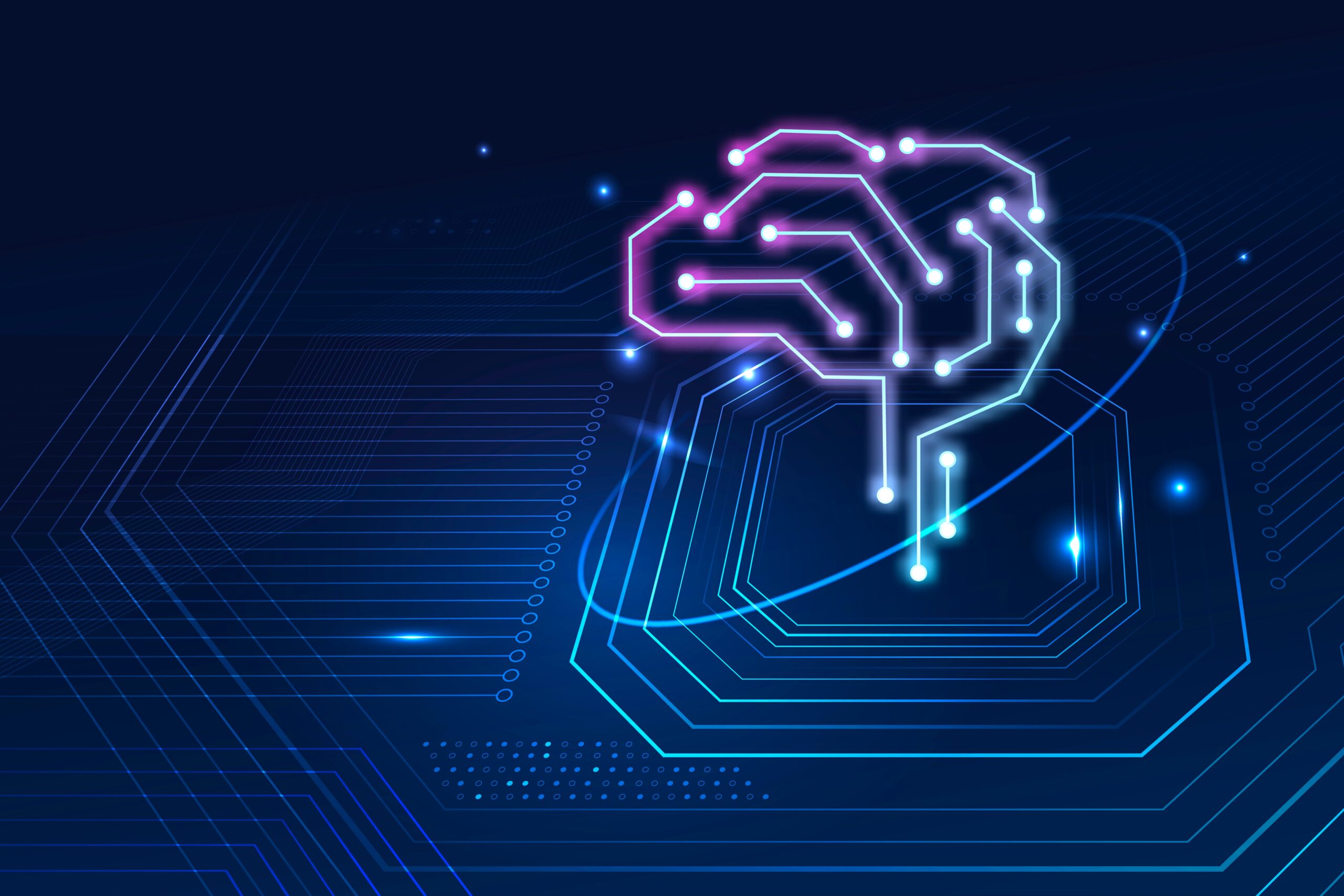In recent years, Artificial Intelligence (AI) has emerged as a dominant force, transforming industries and revolutionizing the way we interact with technology. From virtual assistants and recommendation systems to self-driving cars and medical diagnosis, AI’s applications are vast and diverse. However, the workings of AI remain a mystery to many. In this comprehensive news post, we aim to demystify the enigma of AI by explaining how this transformative technology works and the core principles behind its functioning.

- Understanding Machine Learning:
At the heart of AI lies machine learning, a subset of AI that enables machines to learn from data without being explicitly programmed. Machine learning algorithms analyze vast datasets, identify patterns, and use that knowledge to make informed decisions. There are three primary types of machine learning: supervised learning, unsupervised learning, and reinforcement learning.
-
Supervised Learning: In supervised learning, AI algorithms are trained on labeled data, where the correct outcomes are provided. The algorithm learns to map inputs to desired outputs, making predictions on new, unseen data.
-
Unsupervised Learning: In unsupervised learning, AI algorithms are exposed to unlabeled data and tasked with finding patterns or structures within the data. This type of learning is useful for data clustering and anomaly detection.
-
Reinforcement Learning: In reinforcement learning, AI agents learn by interacting with an environment and receiving feedback in the form of rewards or penalties based on their actions. The algorithm aims to maximize rewards over time, leading to better decision-making and strategy development.
- The Power of Neural Networks:
Neural networks are a fundamental component of modern AI, inspired by the structure and functioning of the human brain. These interconnected layers of artificial neurons enable AI systems to process complex data and perform tasks like image and speech recognition.
Deep learning, a subset of machine learning, uses neural networks with multiple layers (deep neural networks) to learn hierarchical features from data. This technique has fueled significant advancements in AI, particularly in computer vision and natural language processing.
- Natural Language Processing (NLP):
NLP is an essential aspect of AI that enables machines to understand, interpret, and generate human language. Through NLP, AI systems can interact with users using natural language, such as voice commands or text input. NLP encompasses tasks like speech recognition, sentiment analysis, language translation, and text generation.
Advanced NLP models, like transformer-based architectures, have revolutionized language processing tasks, achieving human-level performance in many applications.
- Decision-Making and Reasoning:
AI is designed to emulate human-like decision-making and reasoning capabilities. This involves the use of logical rules, algorithms, and knowledge representation to make informed choices. AI systems can use reasoning to draw conclusions, infer relationships, and solve complex problems by analyzing available data and information.
In fields like chess and board games, AI-powered systems can use search algorithms and heuristics to determine the best moves and strategies. In more general applications, AI can reason and solve problems in domains like medical diagnosis, financial forecasting, and route planning.
- Training and Data:
AI models, particularly neural networks, require extensive training on vast datasets to perform accurately and efficiently. Data is the lifeblood of AI, and the quality and quantity of training data directly impact the performance of AI systems.
Training an AI model involves feeding it with labeled data (for supervised learning) or unlabeled data (for unsupervised learning) and adjusting the model’s parameters to minimize errors and improve accuracy. This iterative process of training and optimization allows AI models to learn and improve from experience.
- The Role of Big Data:
The advent of big data has been a game-changer for AI. With the increasing volume, variety, and velocity of data generated every day, AI systems have access to a wealth of information to learn from and make better predictions.
Big data fuels AI applications in various sectors, such as healthcare, finance, and e-commerce. For instance, in healthcare, AI algorithms can analyze vast patient records and medical literature to improve diagnostic accuracy and recommend personalized treatments.
Conclusion:
Artificial Intelligence is a complex and transformative technology that operates on fundamental principles like machine learning, neural networks, natural language processing, reasoning, and data-driven training. By demystifying the workings of AI, we can better understand its potential and limitations, making informed decisions about its responsible and ethical implementation.
As AI continues to evolve, the ethical development and deployment of AI will be essential to ensure it benefits humanity and aligns with our values and principles. Understanding the inner workings of AI empowers us to embrace this transformative technology responsibly, fostering a future where AI serves as a force for positive change and progress.